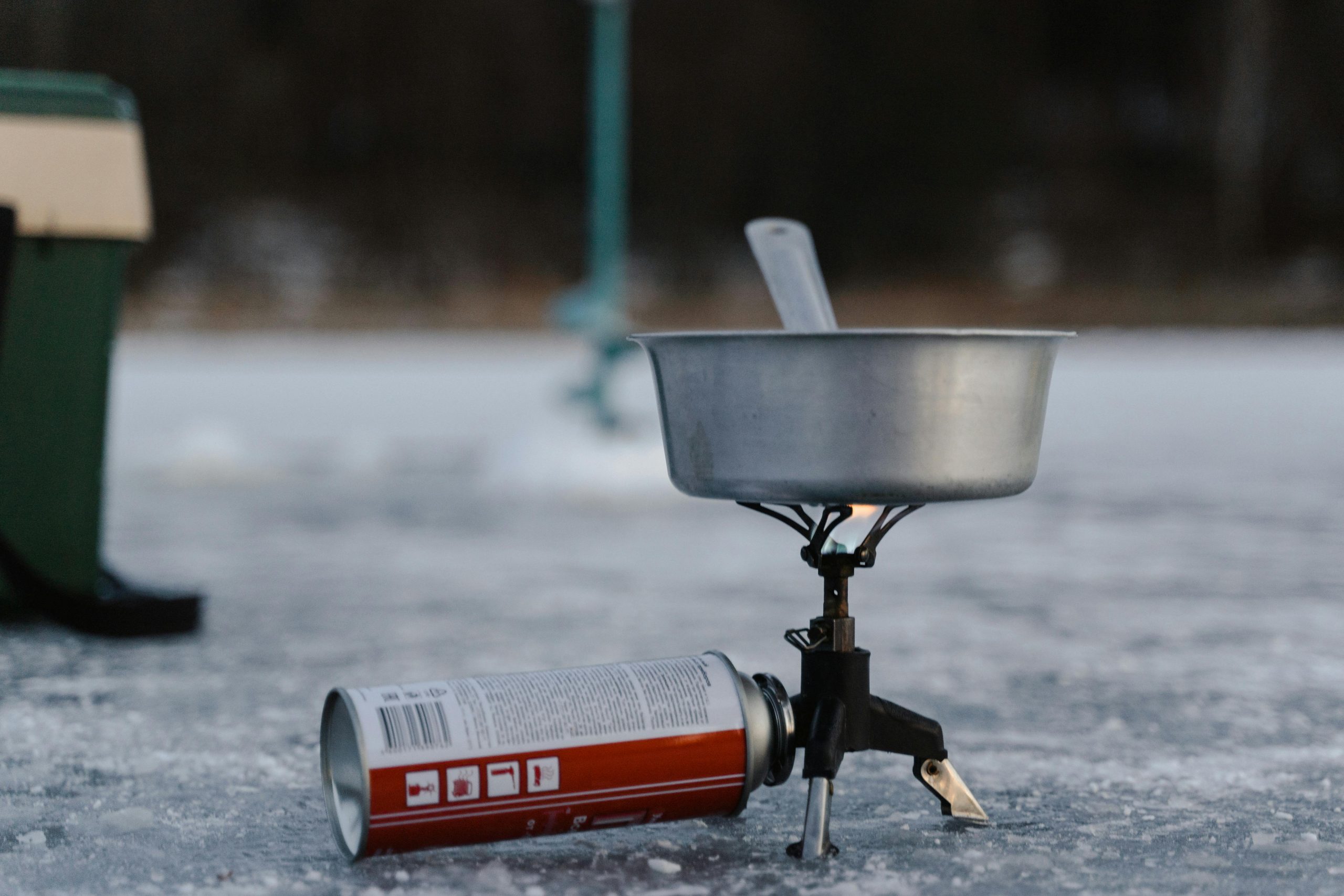How Do I Safely Use Portable Cooking Gear Outdoors?
Using portable cooking gear outdoors can enhance your camping, hiking, or tailgating experience. However, safety should always come first. In this article, we will explore how to safely use portable cooking gear, ensuring you enjoy your outdoor cooking adventures without any mishaps. Let’s dive into the essential tips and guidelines!
1. Choose the Right Cooking Gear
Before heading outdoors, it’s important to select the right portable cooking gear. Here are some popular options:
- Camping Stoves: Lightweight and compact, these stoves are ideal for outdoor cooking.
- Portable Grills: Great for grilling meats and vegetables over an open flame.
- Solar Ovens: Eco-friendly and perfect for sunny days.
- Mess Kits: Includes pots, pans, and utensils specifically designed for camping.
Ensure the gear you choose is suitable for your cooking needs and easy to transport.
2. Understand Fuel Types
Different portable cooking gear uses various fuel types. Understanding these fuels is crucial for safe usage:
- Propane: Commonly used in camping stoves and grills. Always check for leaks before use.
- Butane: Ideal for compact stoves, but ensure proper ventilation.
- Wood: Used in traditional campfires and some portable grills. Ensure you are in a designated area for open flames.
- Electric: Some portable gear can be powered by batteries or solar energy. Ensure you have a reliable power source.
Always follow the manufacturer’s instructions for fuel usage to prevent accidents.
3. Set Up in a Safe Location
The location where you set up your portable cooking gear is critical for safety. Here are some tips:
- Avoid Overhead Hazards: Set up away from tree branches, tents, or any flammable materials.
- Choose a Flat Surface: Ensure your cooking gear is stable by placing it on a flat, solid surface.
- Maintain Distance: Keep a safe distance from your cooking gear to prevent burns and accidents.
Taking these precautions can help create a safer cooking environment.
4. Practice Fire Safety
When using cooking gear that involves flames, fire safety is paramount. Here’s how to stay safe:
- Keep Water Nearby: Always have a bucket of water or a fire extinguisher within reach.
- Know the Area: Be aware of local regulations regarding open flames and fires.
- Extinguish Properly: Ensure all fires are completely extinguished before leaving the area.
Fire safety is crucial to protect yourself, your gear, and the environment.
5. Use Cooking Gear Properly
Each type of portable cooking gear has specific operating instructions. Follow these general guidelines:
- Read the Manual: Always familiarize yourself with the user manual before use.
- Inspect Equipment: Check for damage or wear before each use.
- Cook Outdoors: Avoid cooking in enclosed spaces to prevent carbon monoxide buildup.
By using your gear properly, you can reduce the risk of accidents and injuries.
6. Be Mindful of Food Safety
Food safety is just as important as cooking safety. Consider the following tips:
- Keep Food Chilled: Use coolers and ice packs to keep perishable food at safe temperatures.
- Cook Thoroughly: Ensure food is cooked to the right internal temperature to kill harmful bacteria.
- Avoid Cross-Contamination: Use separate utensils for raw and cooked food.
Taking food safety seriously can prevent foodborne illnesses during your outdoor adventure.
7. Clean Up After Cooking
Proper cleanup is essential for both safety and environmental protection. Follow these steps:
- Dispose of Waste Properly: Pack out all trash and leftover food to keep the environment clean.
- Clean Equipment: Wash your cooking gear to avoid attracting wildlife.
- Leave No Trace: Follow the Leave No Trace principles to minimize your impact on nature.
Cleaning up after yourself ensures a safe and enjoyable environment for future campers.
8. Stay Aware of Your Surroundings
While cooking outdoors, it’s essential to stay aware of your surroundings. Here are some tips:
- Watch for Wildlife: Be cautious of animals that might be attracted to food.
- Check Weather Conditions: Be prepared for sudden changes in weather, especially wind.
- Stay With Your Gear: Never leave cooking appliances unattended while in use.
Being vigilant can help you avoid potential hazards while cooking outdoors.
Conclusion
Using portable cooking gear outdoors can be a rewarding experience if done safely. By following these guidelines—choosing the right gear, understanding fuel types, setting up in safe locations, practicing fire safety, using your gear properly, ensuring food safety, cleaning up, and staying aware of your surroundings—you can enjoy delicious meals in nature without compromising safety. So pack your gear, prepare your meals, and enjoy the great outdoors!

Leave a Reply